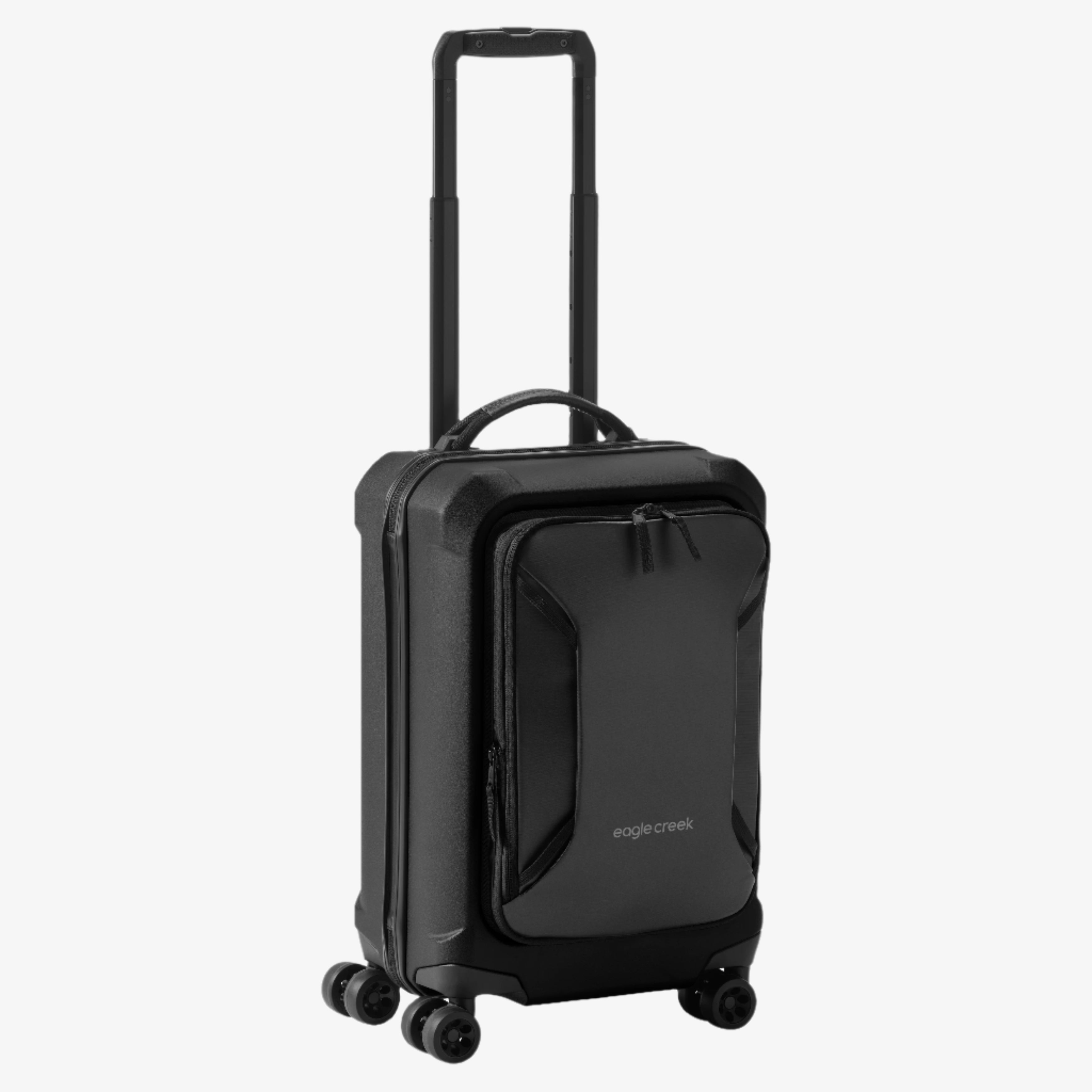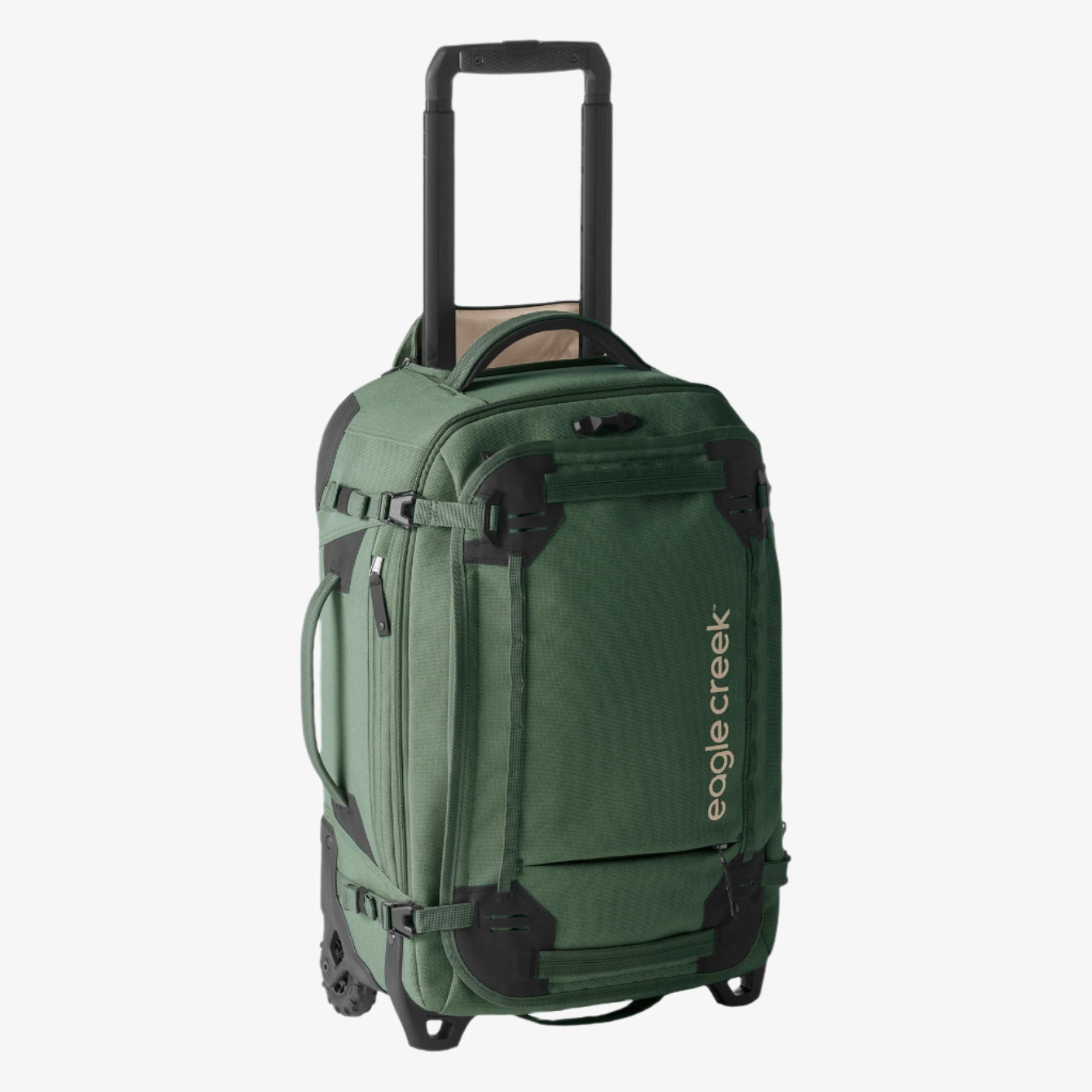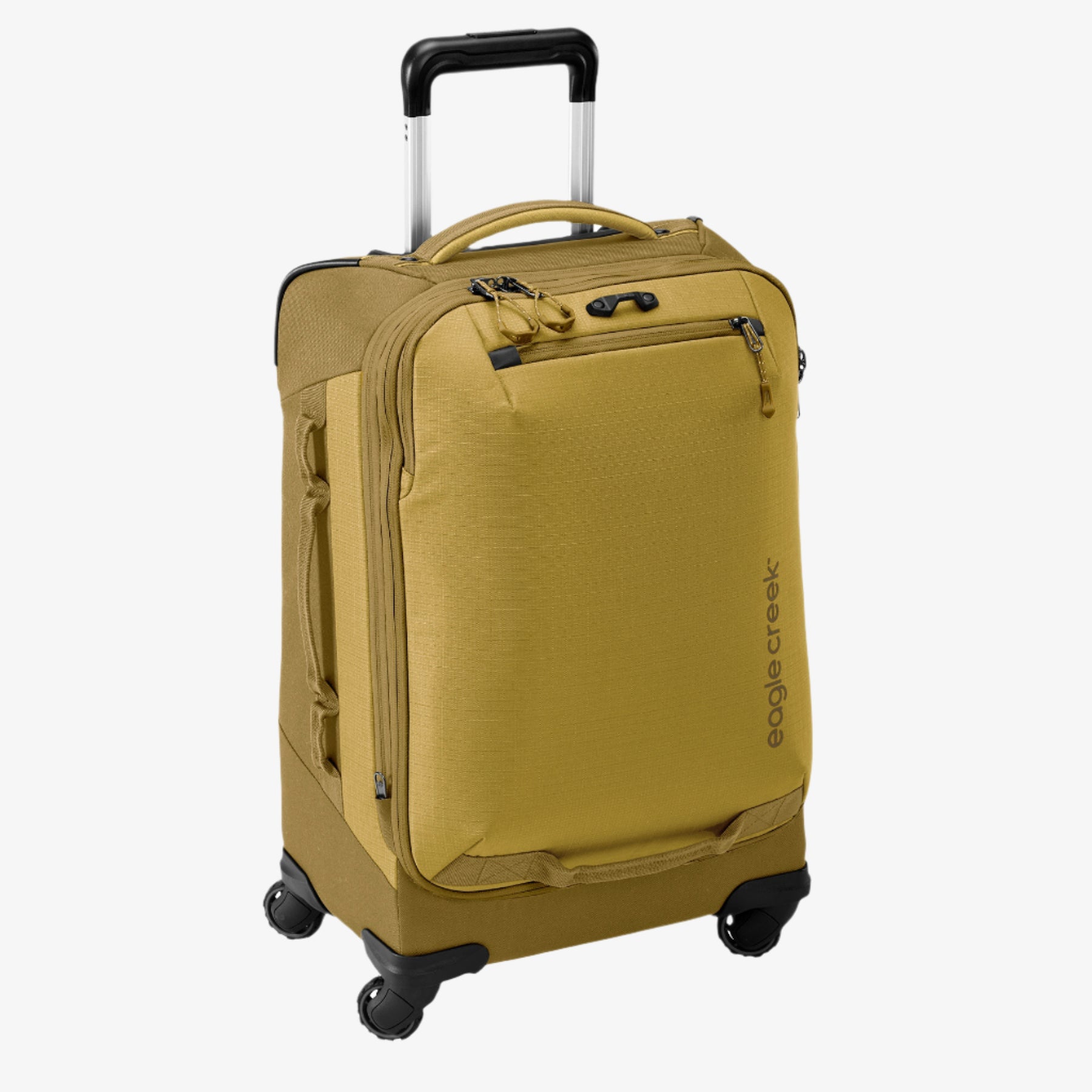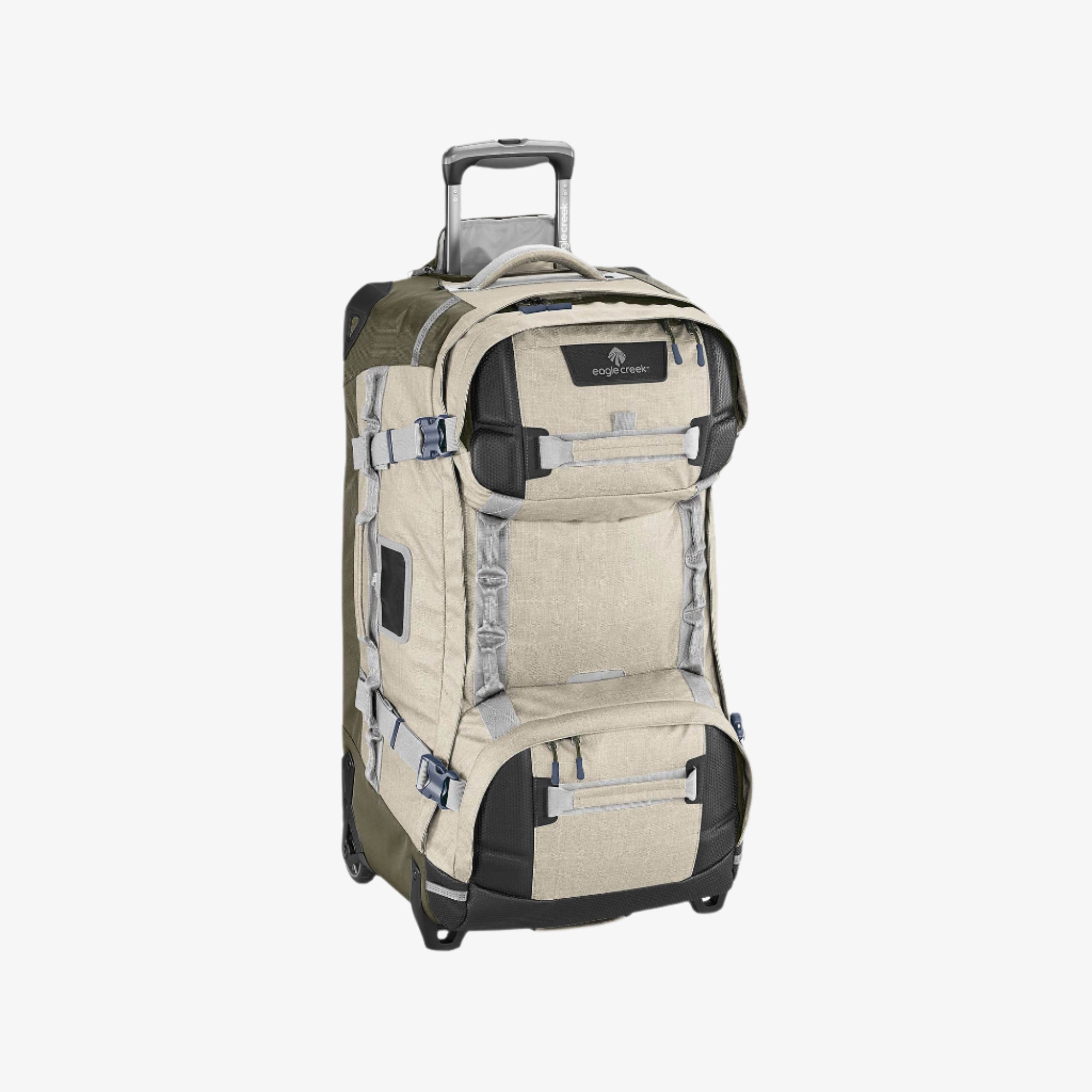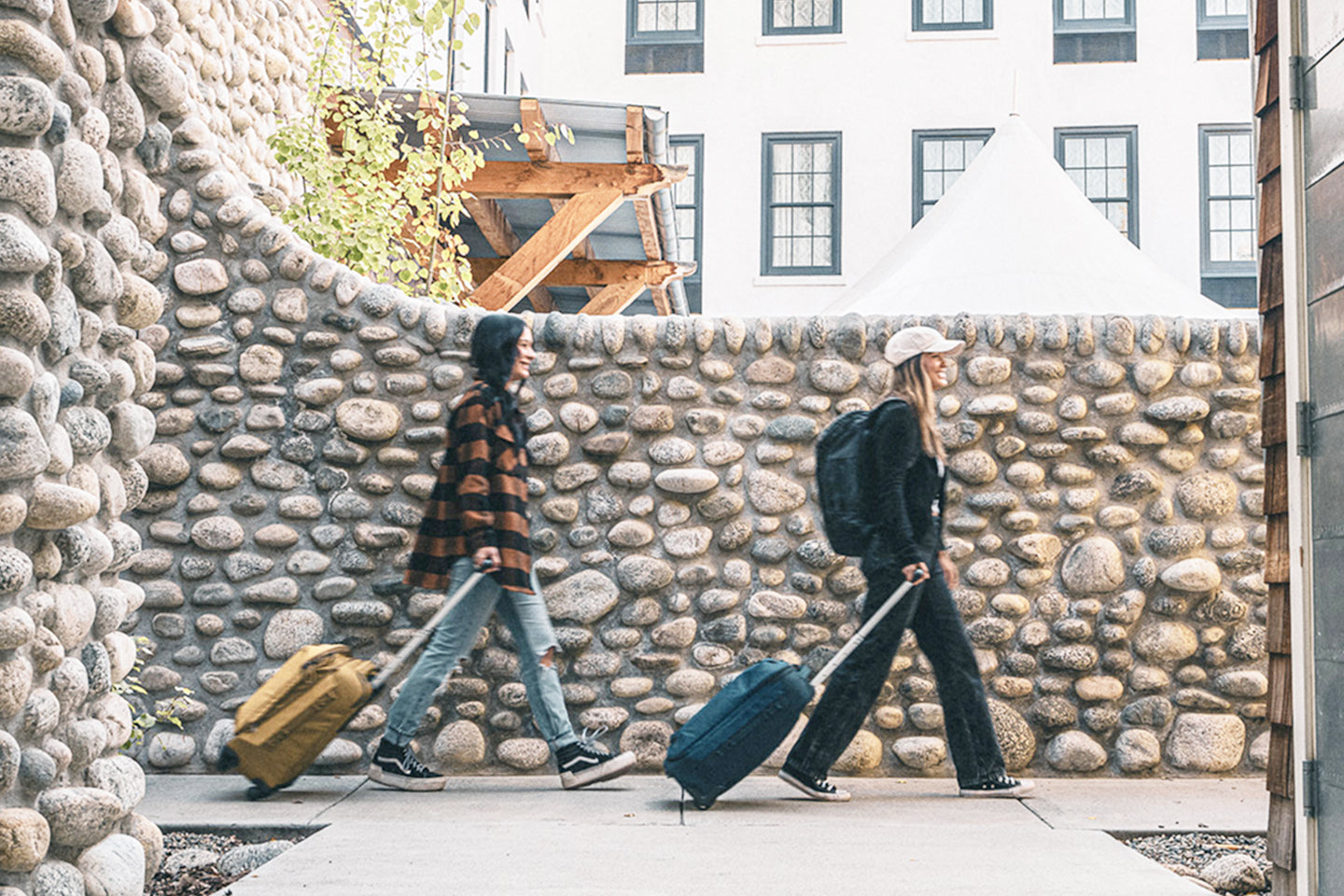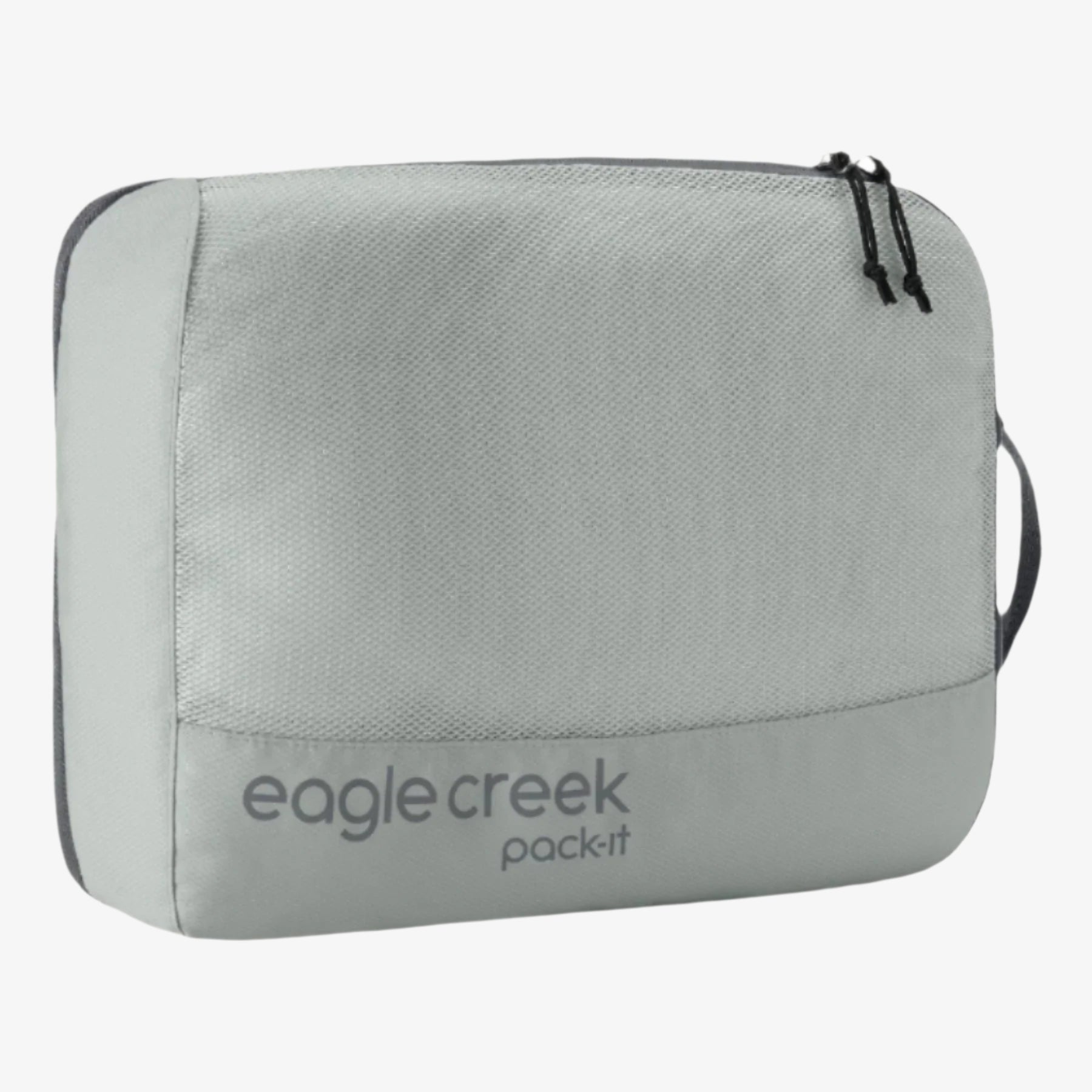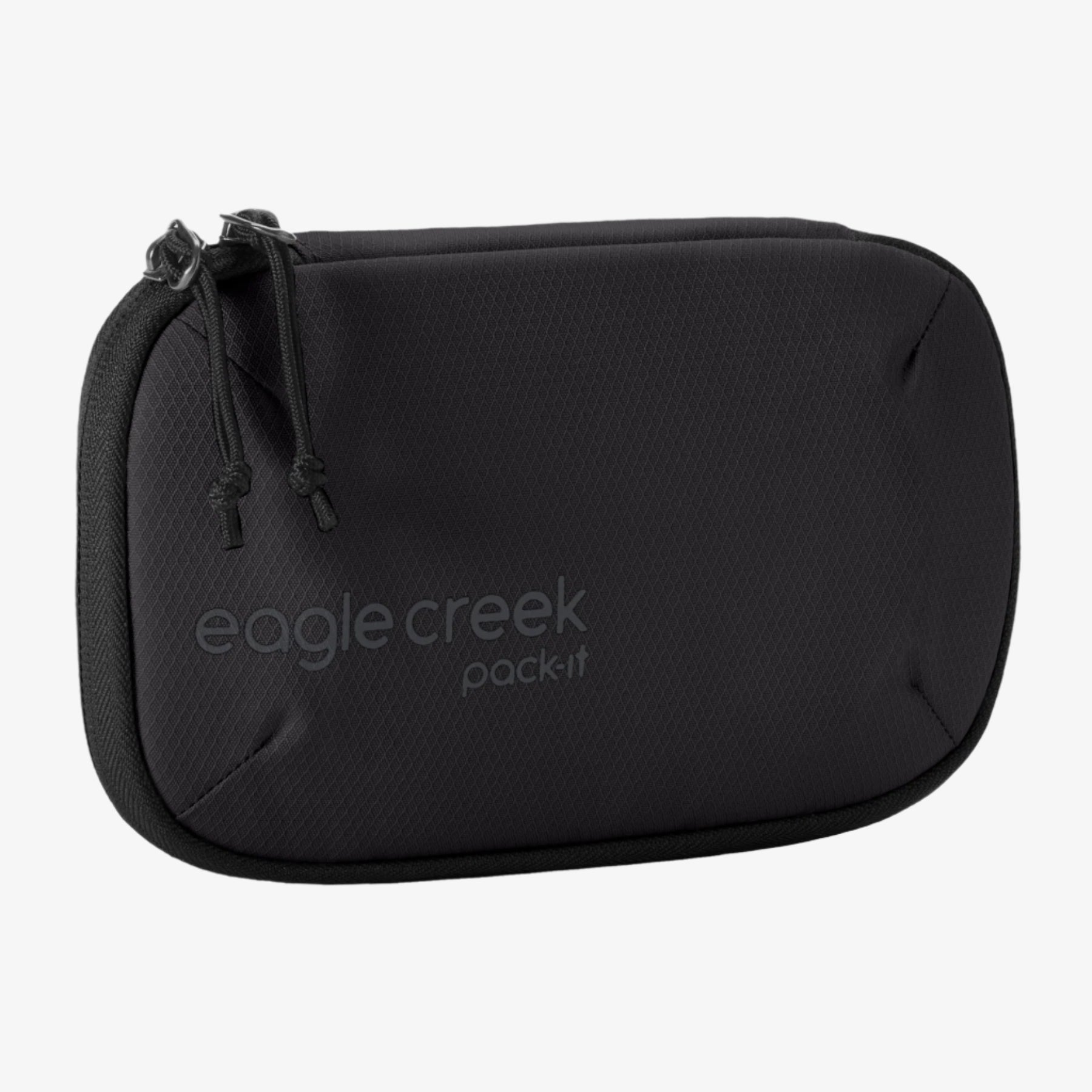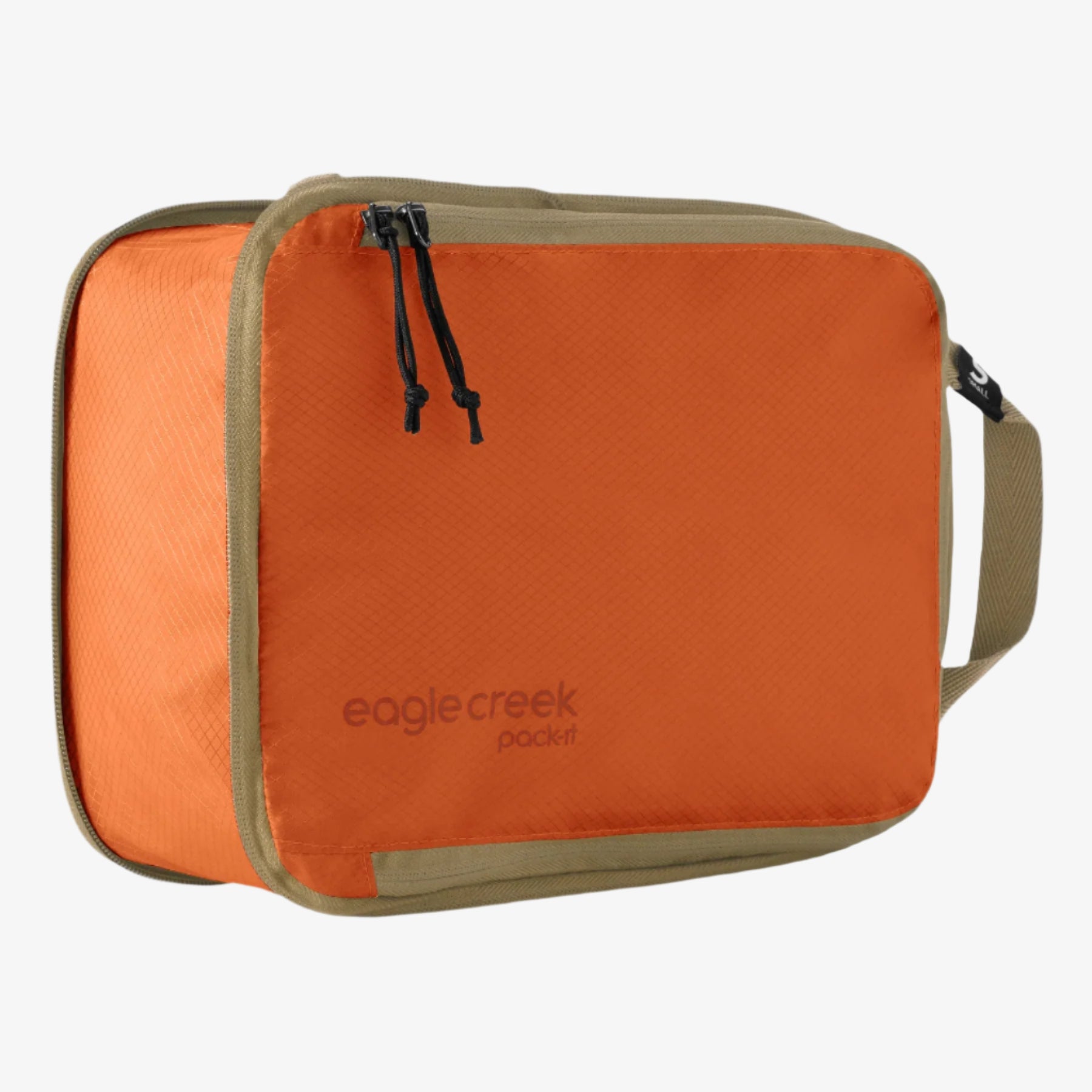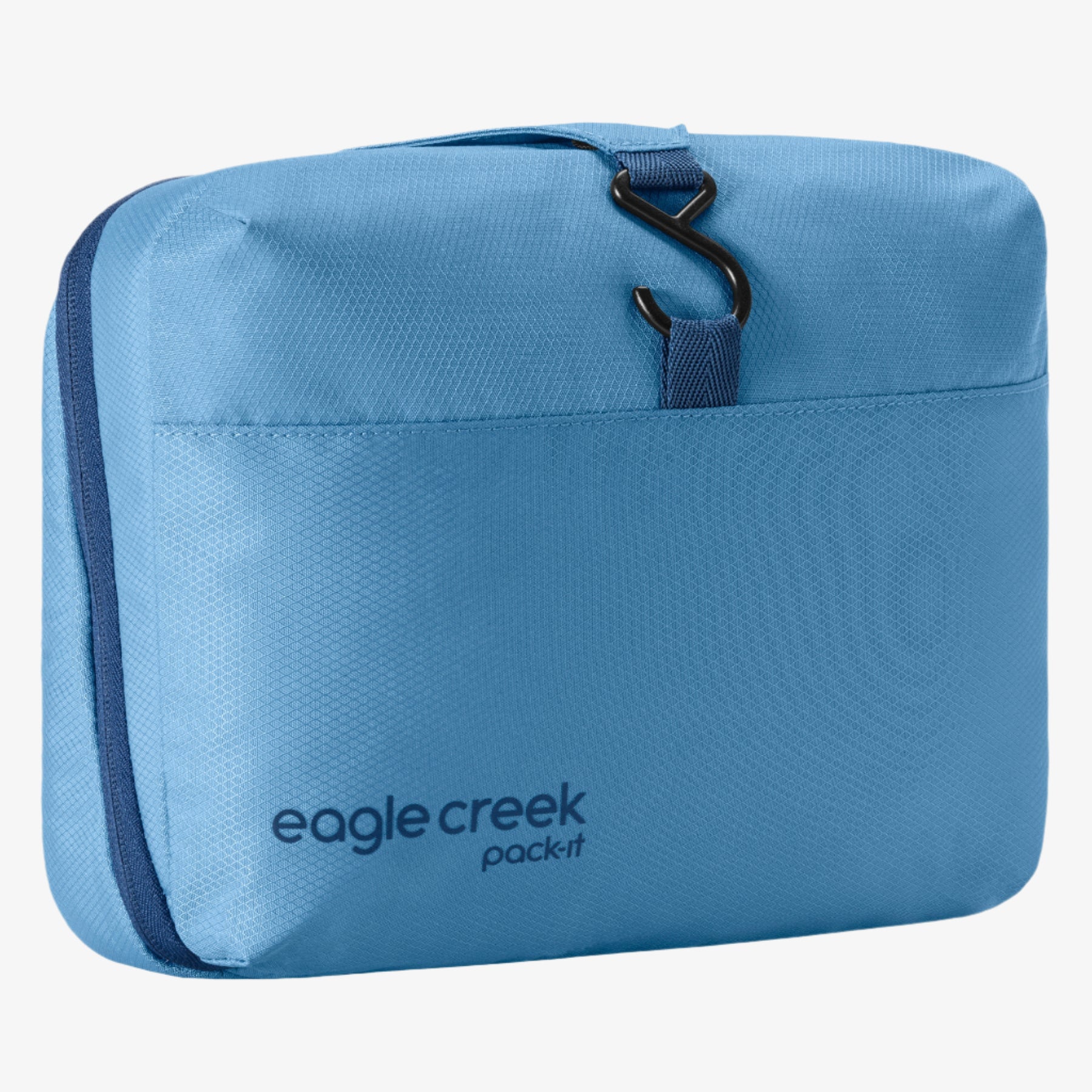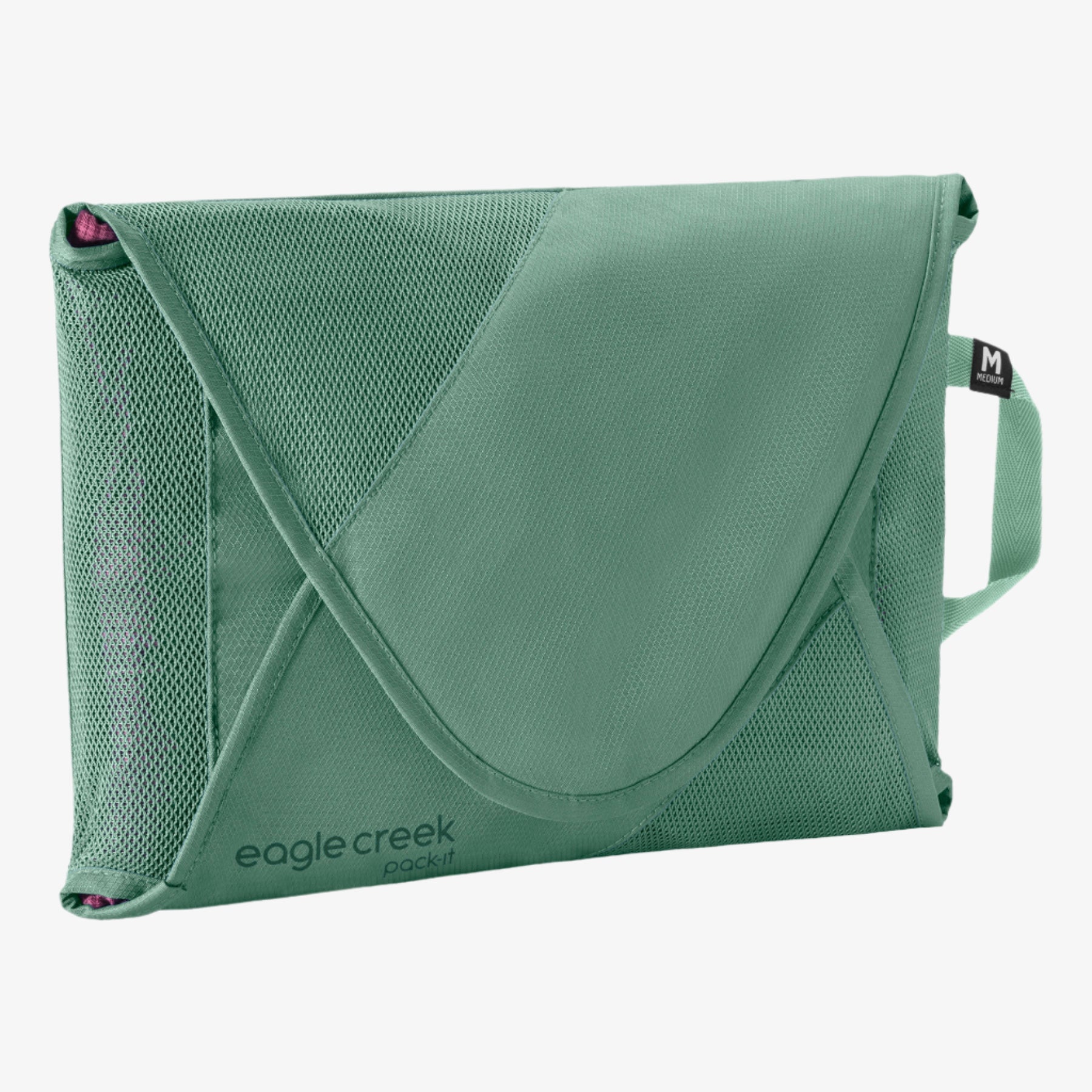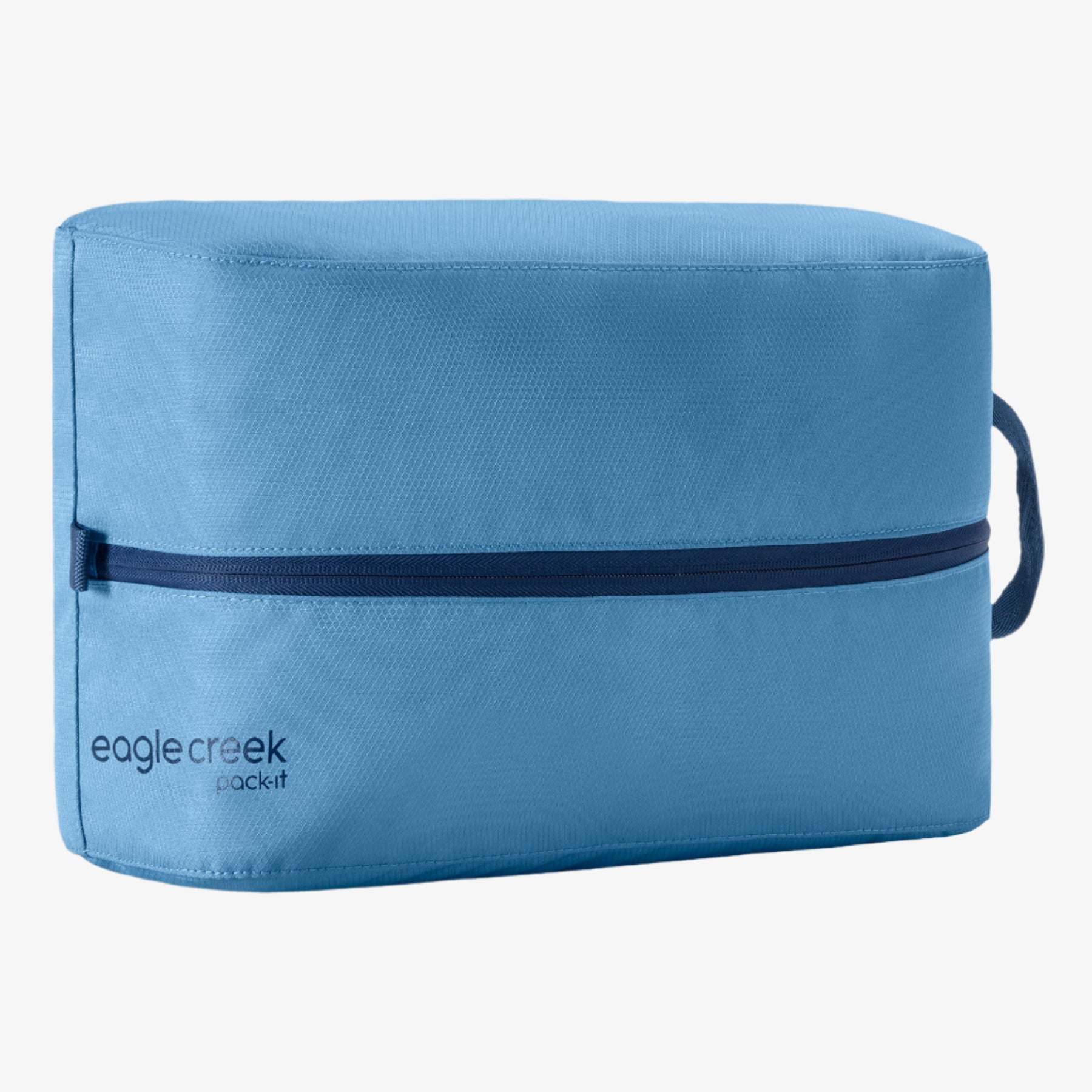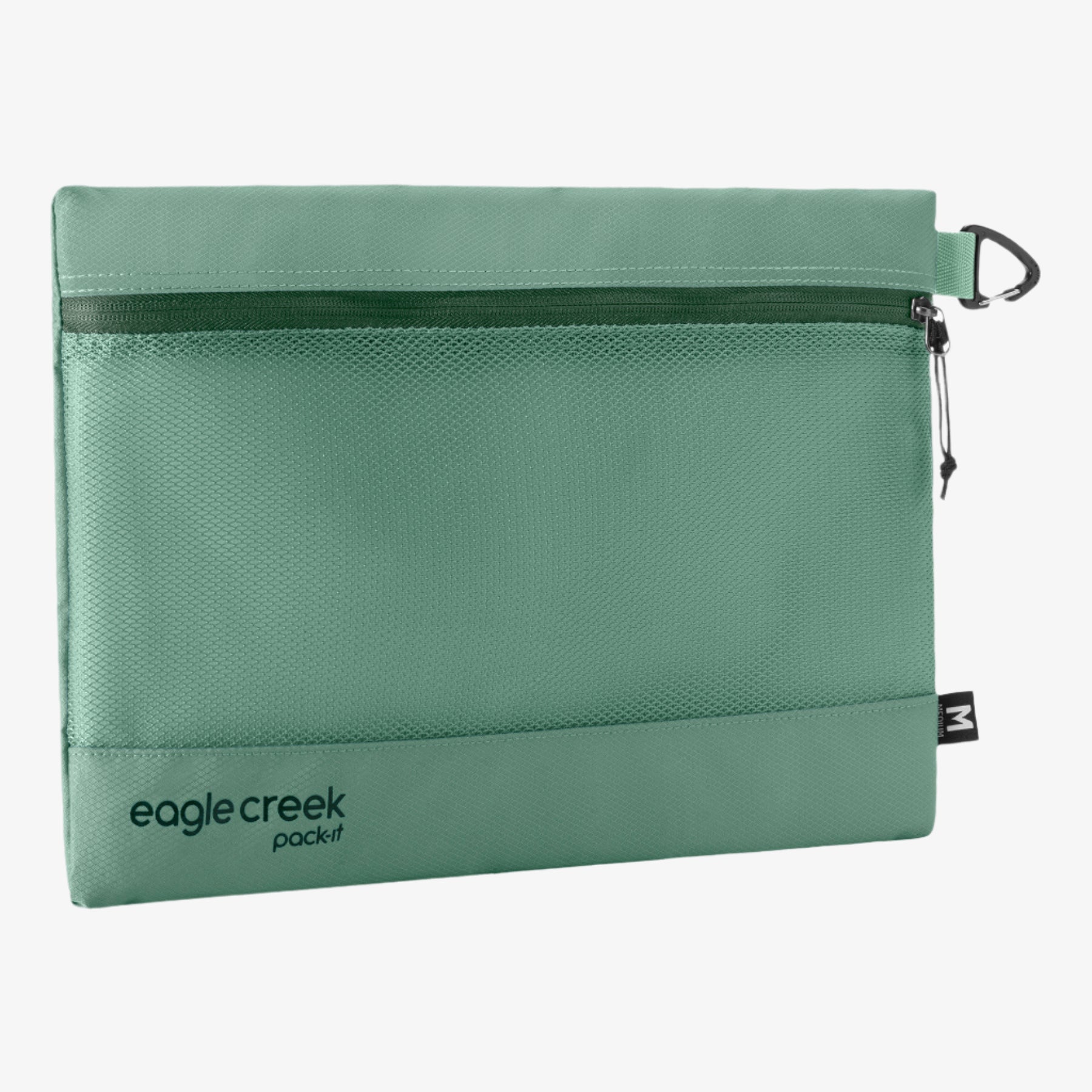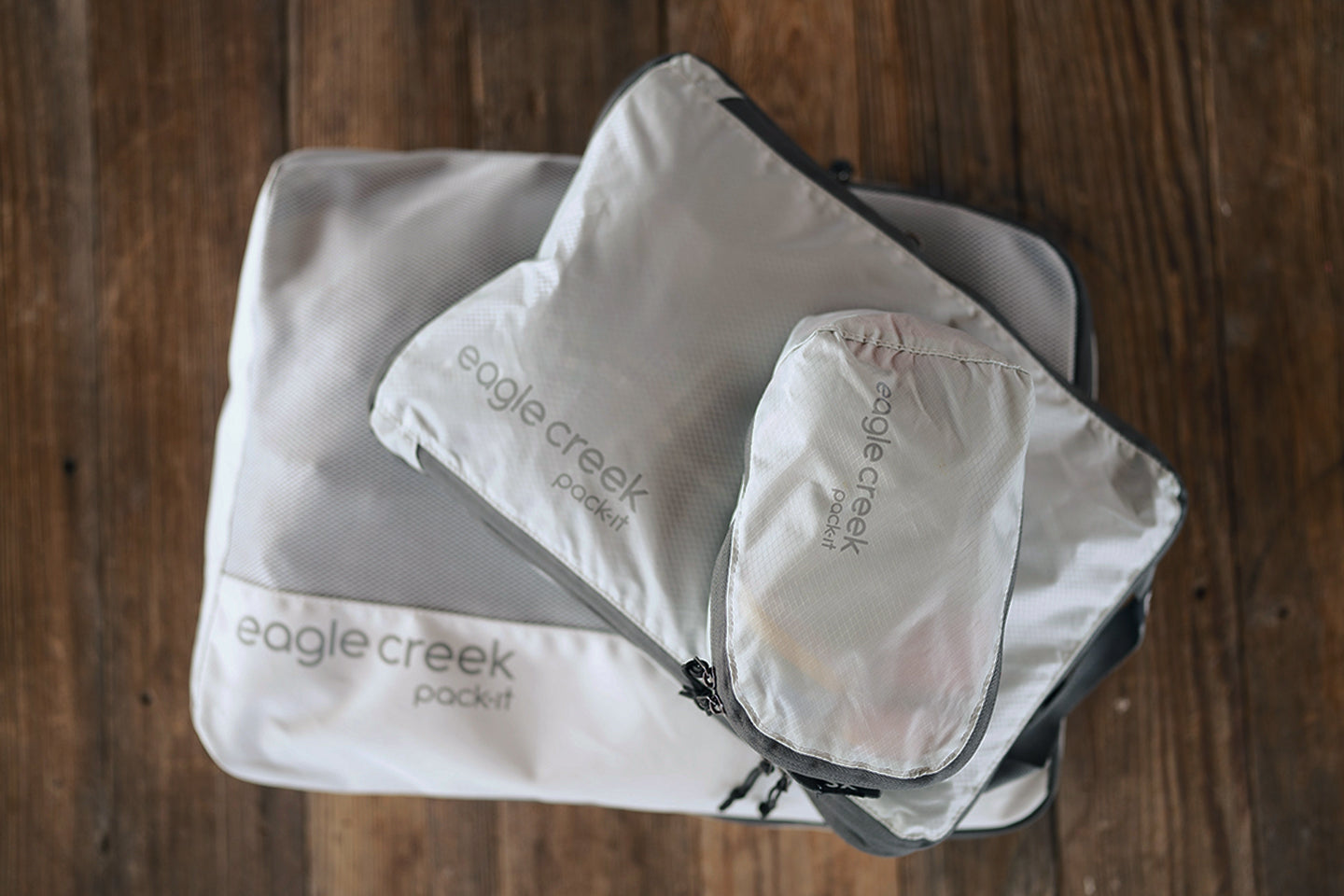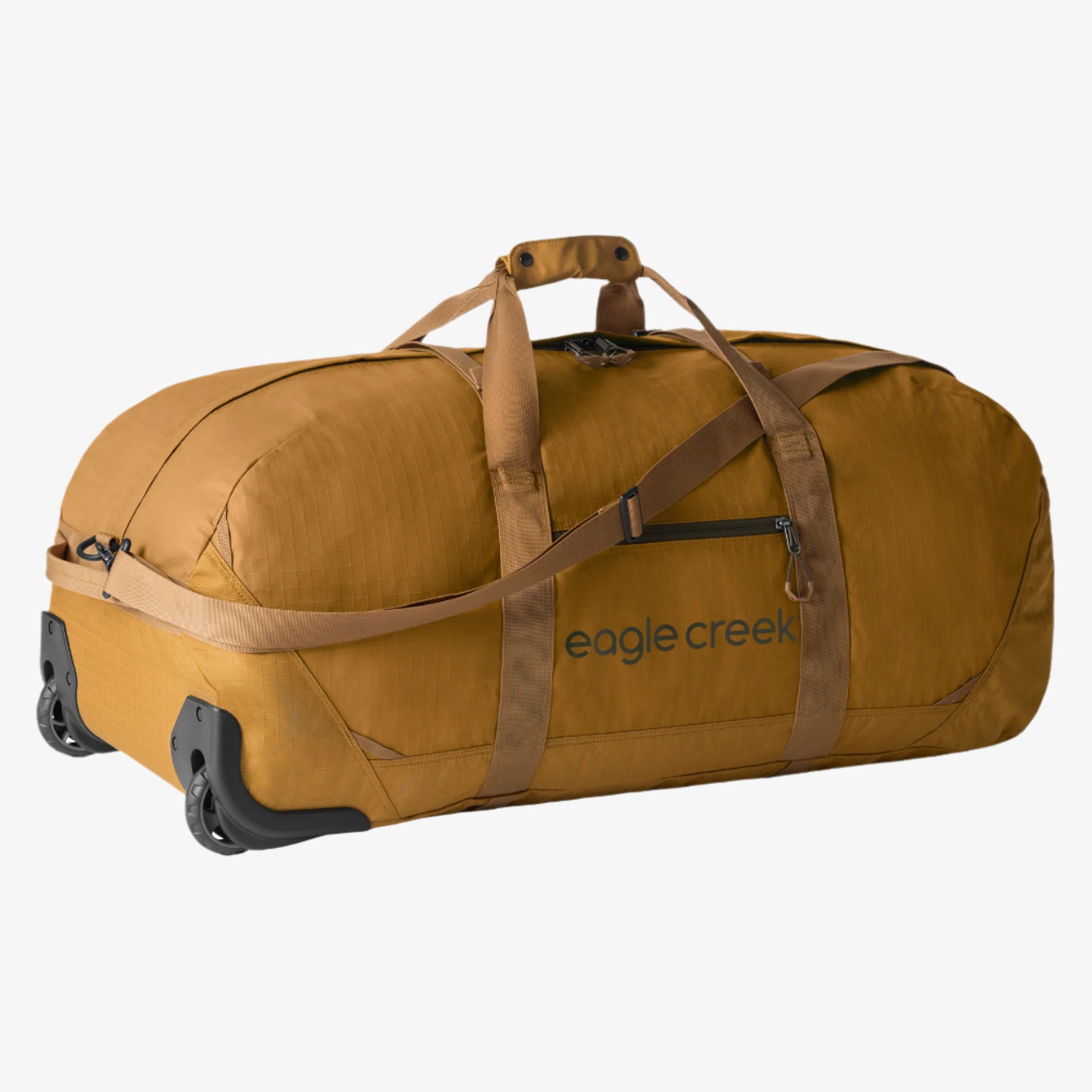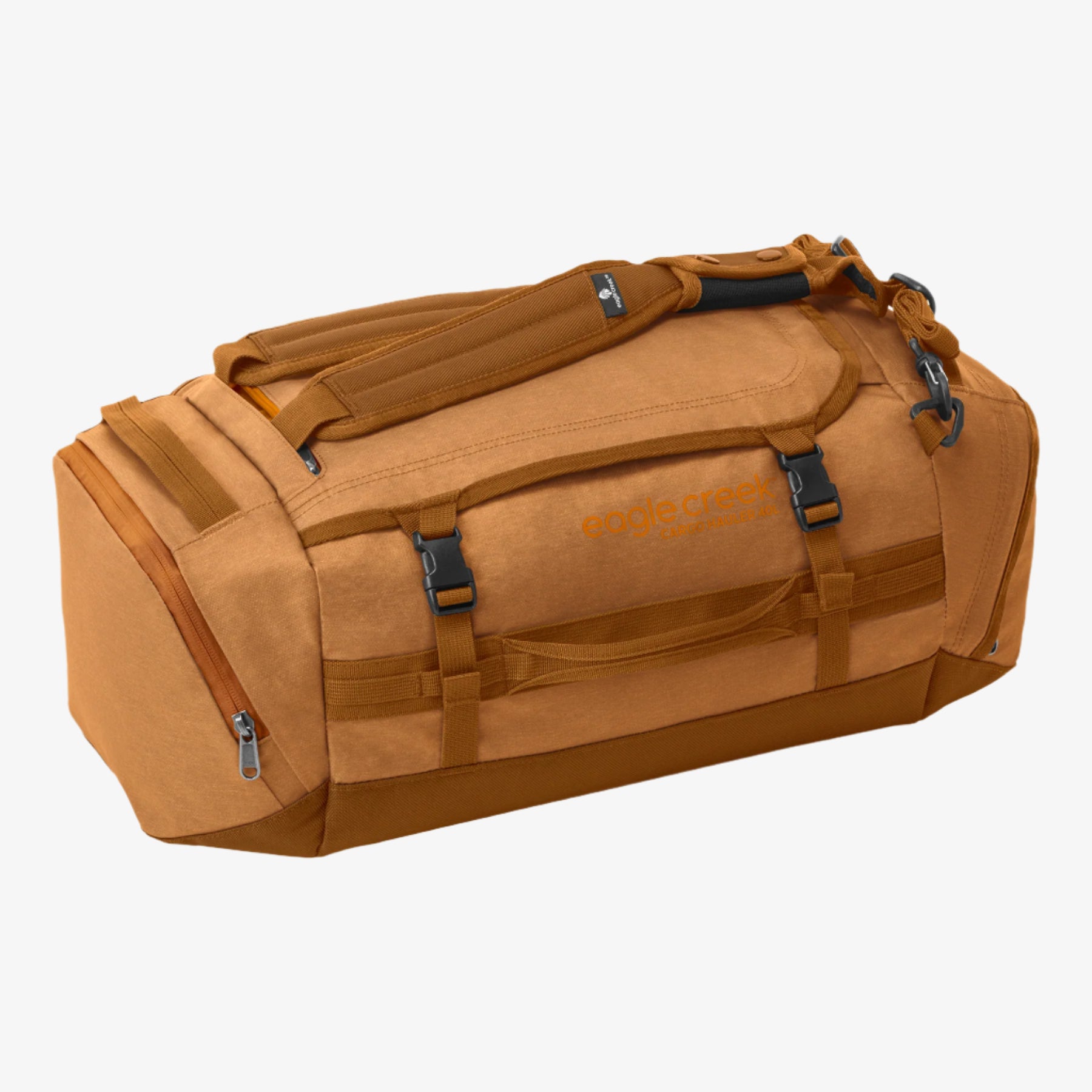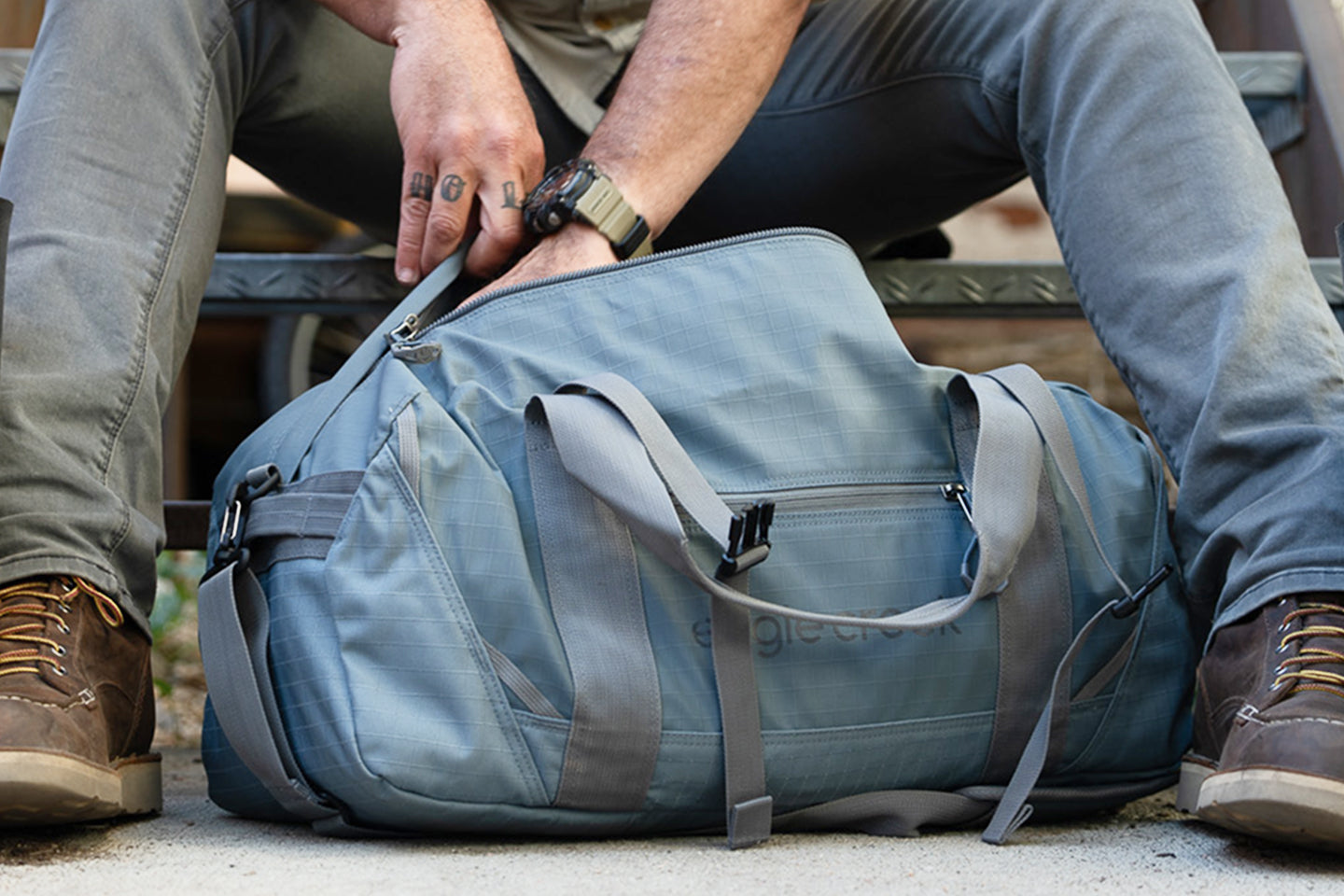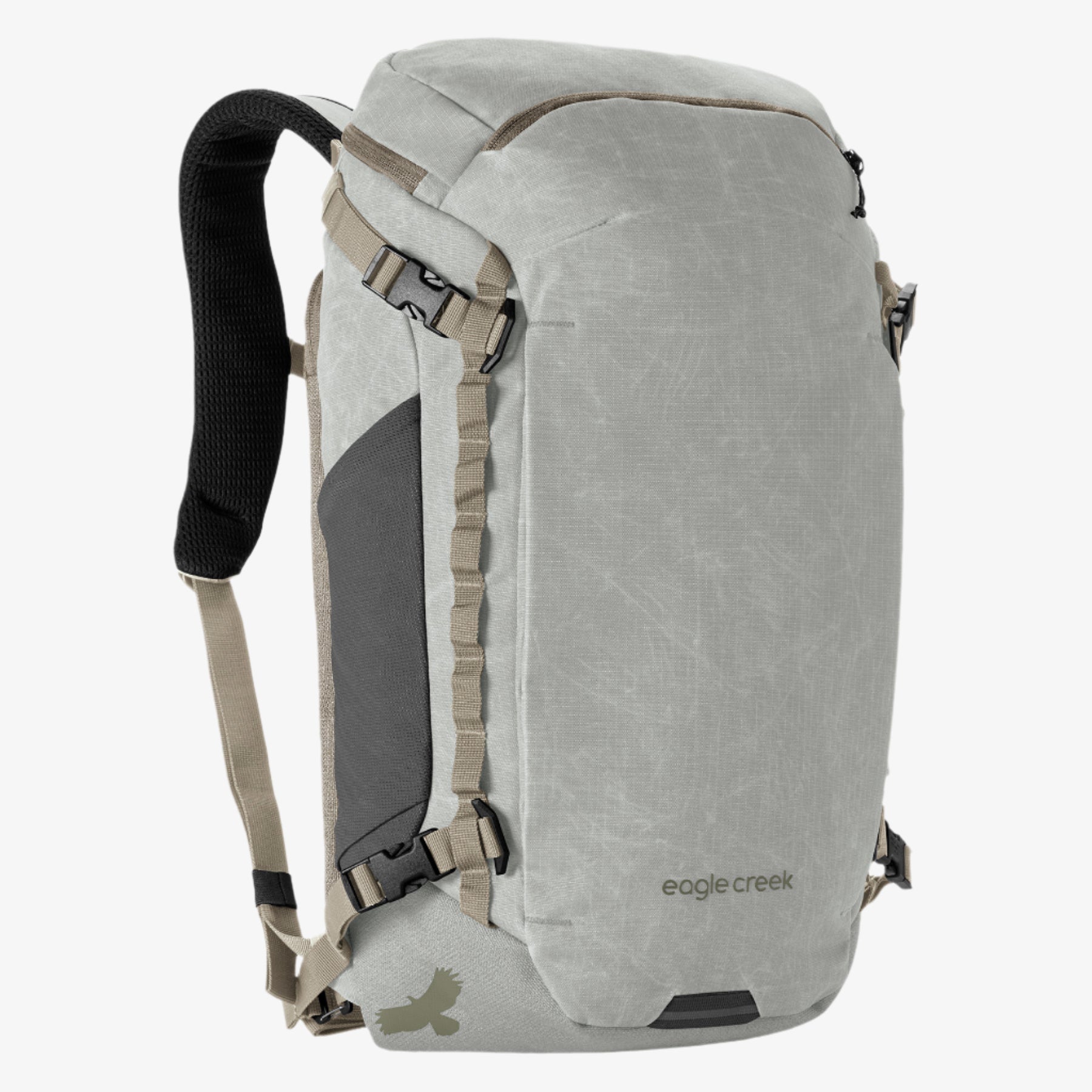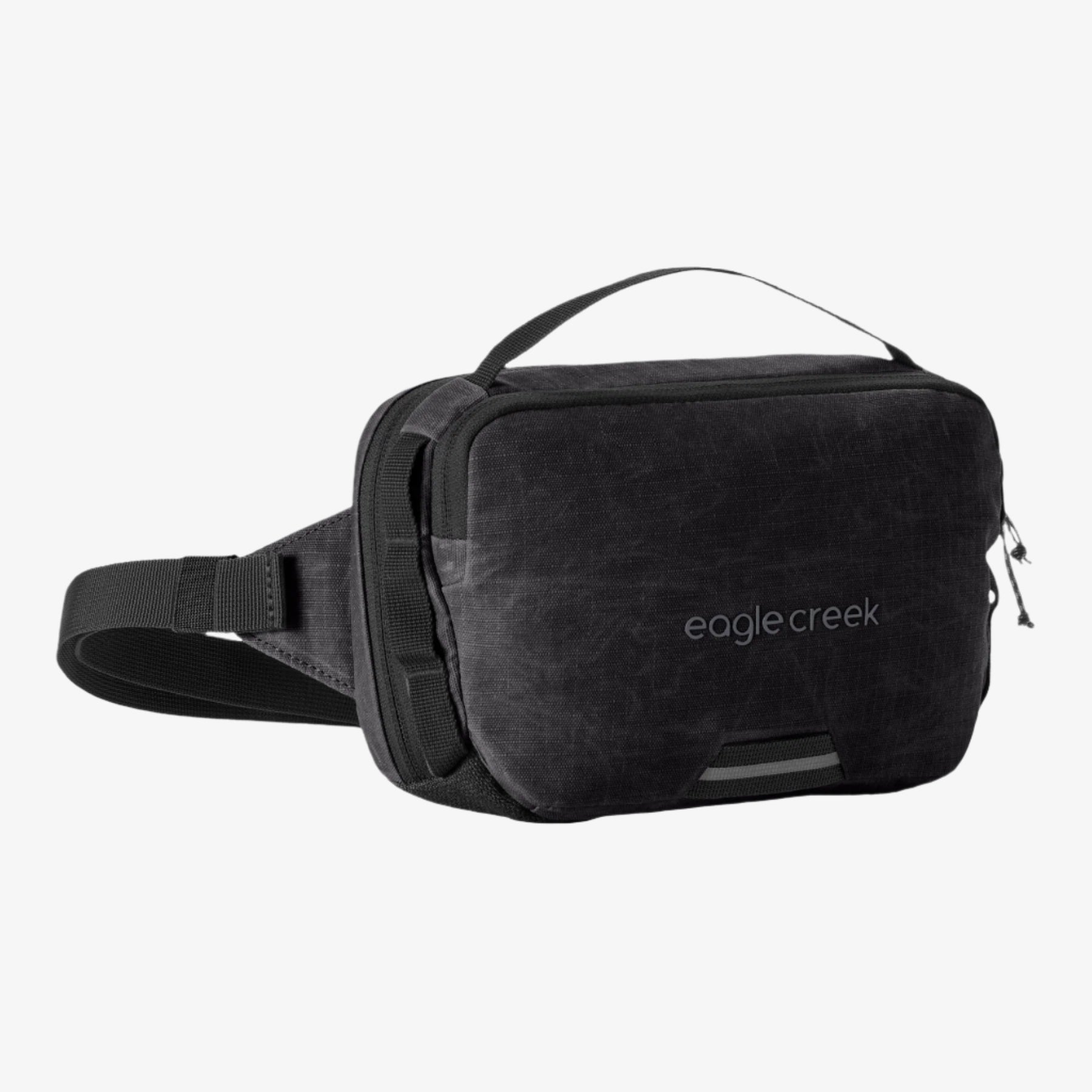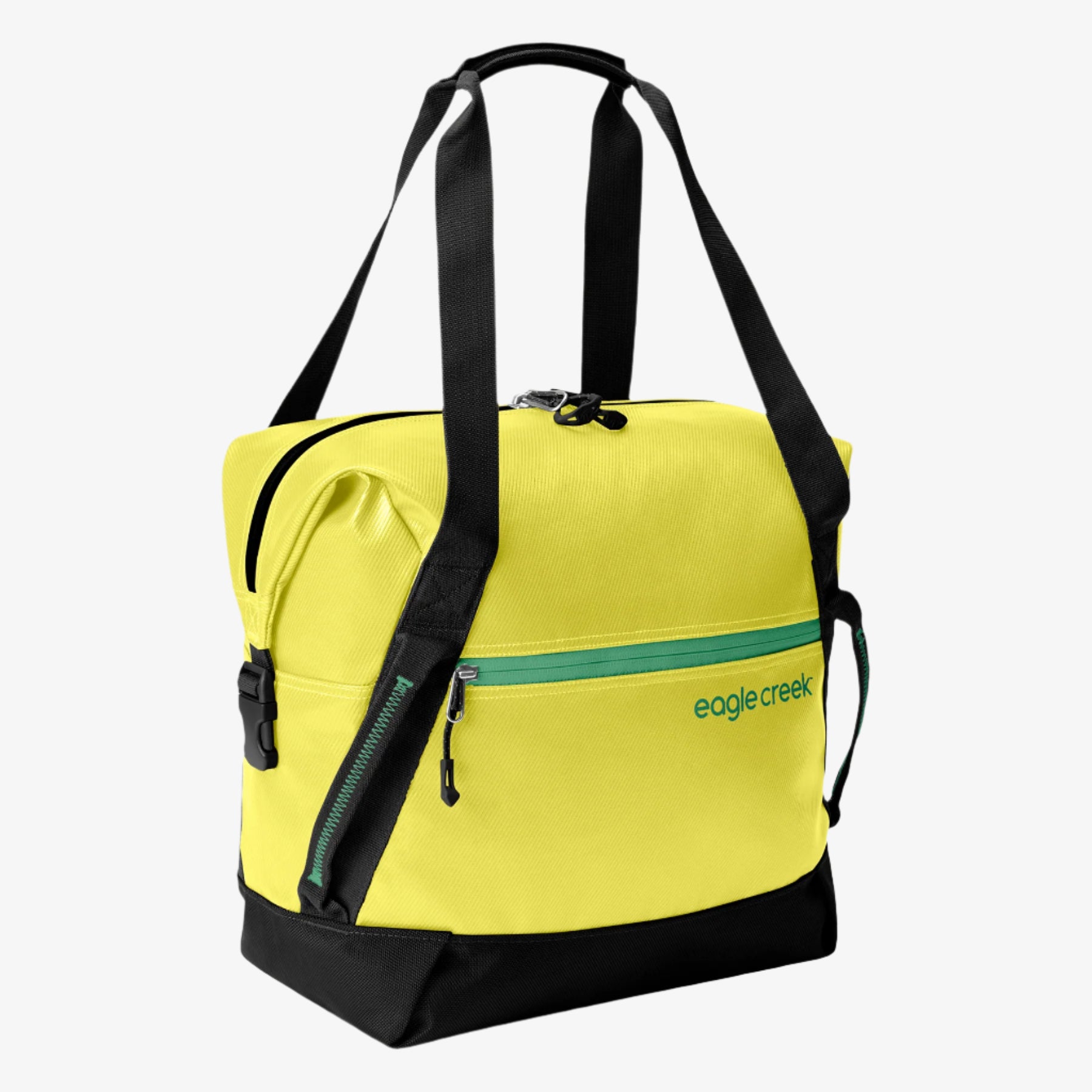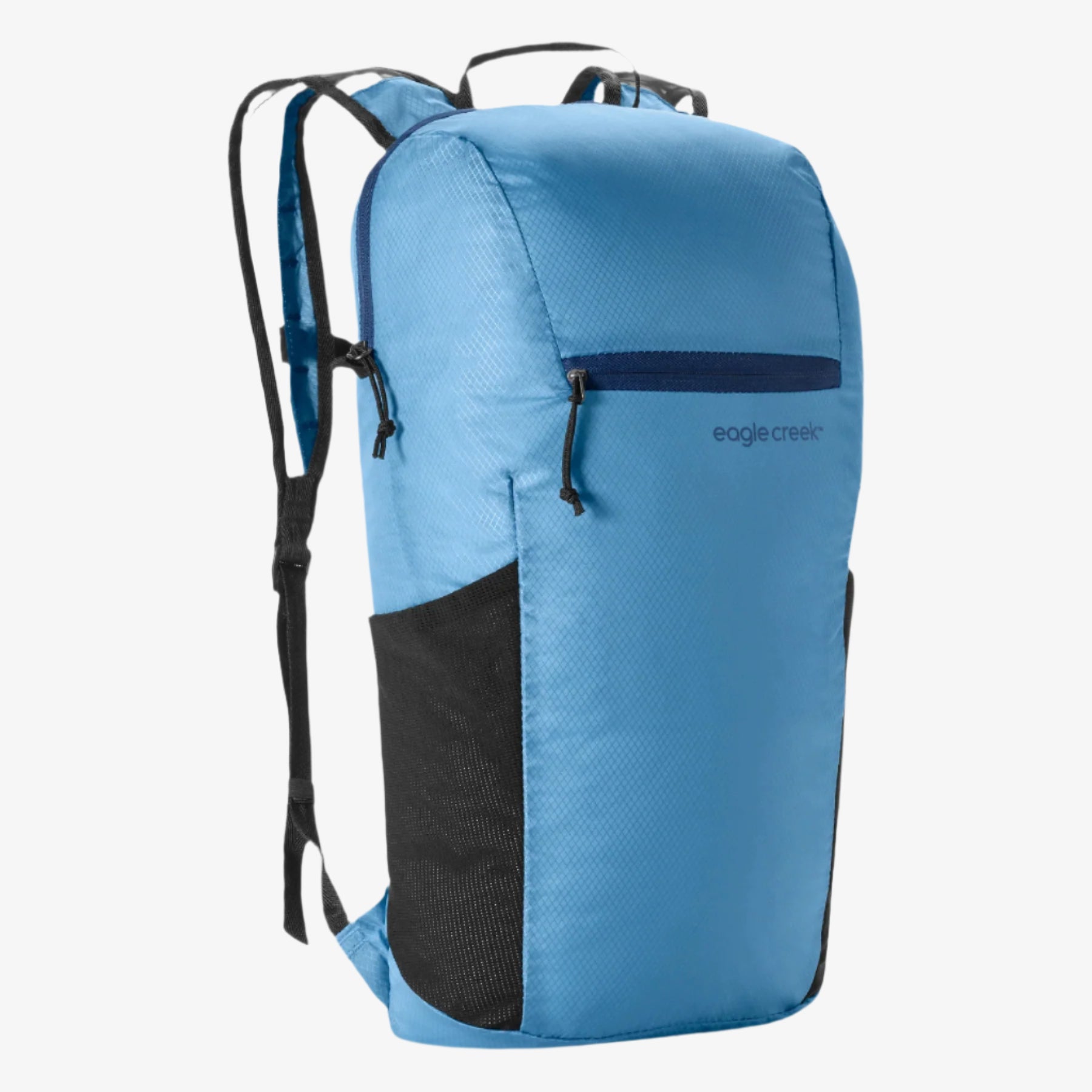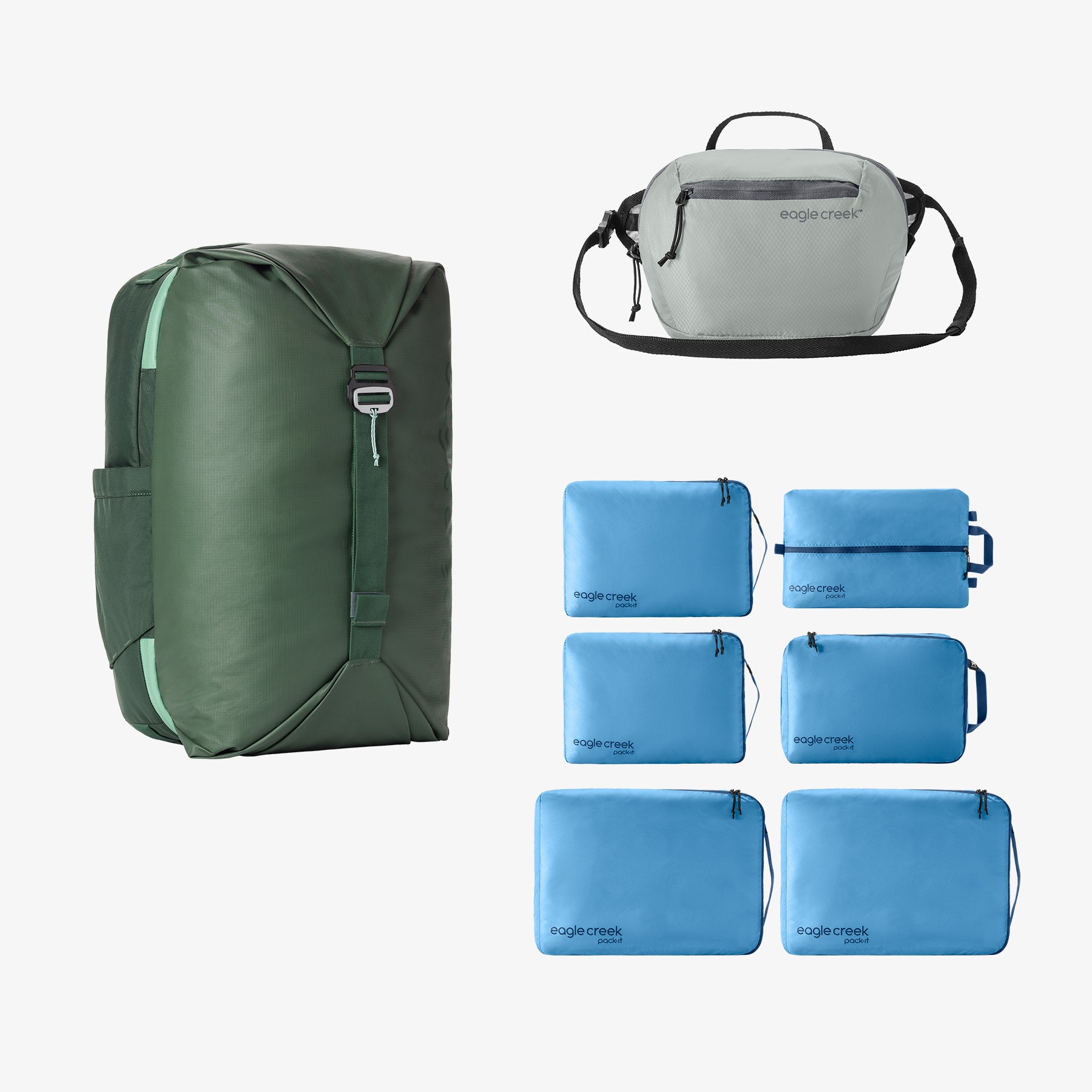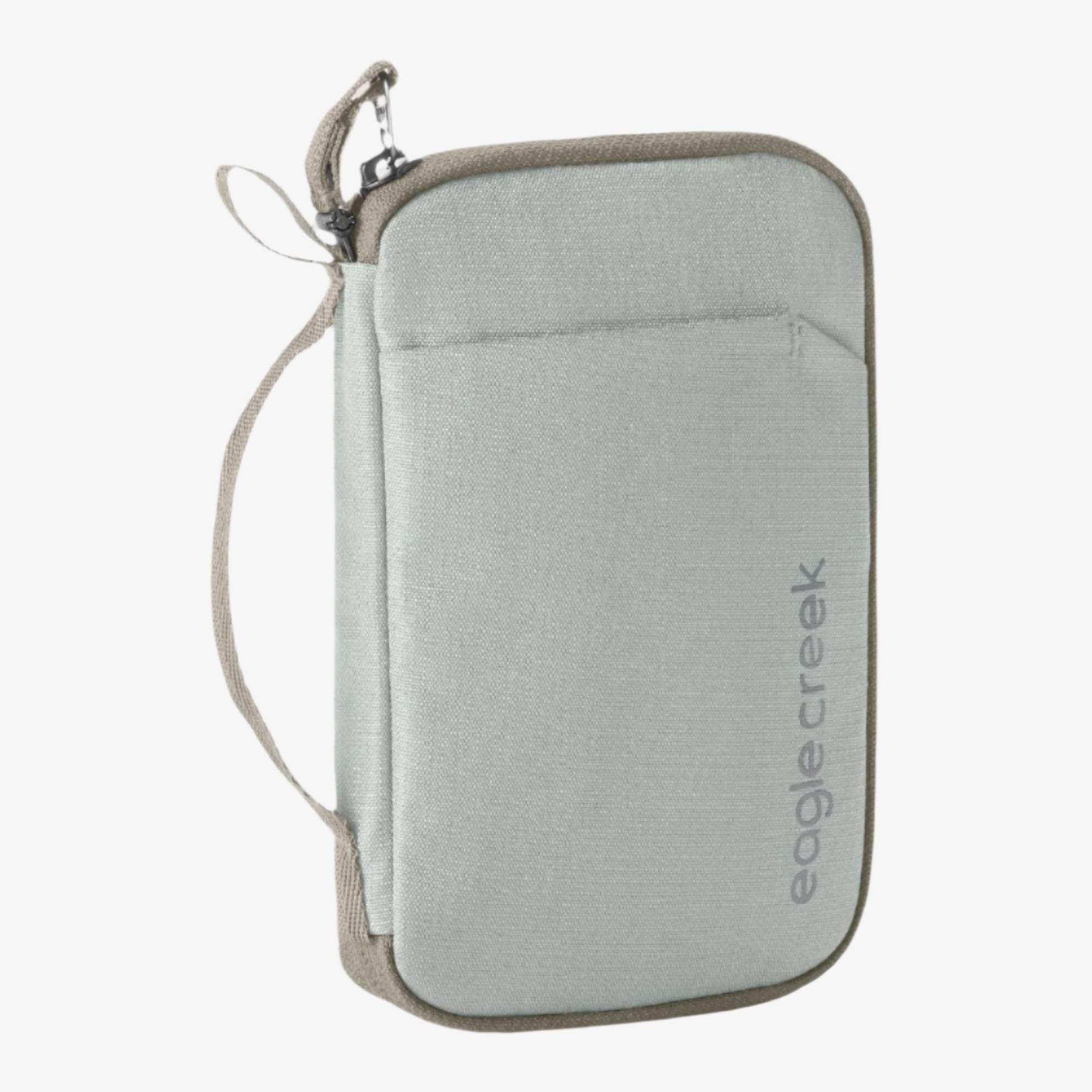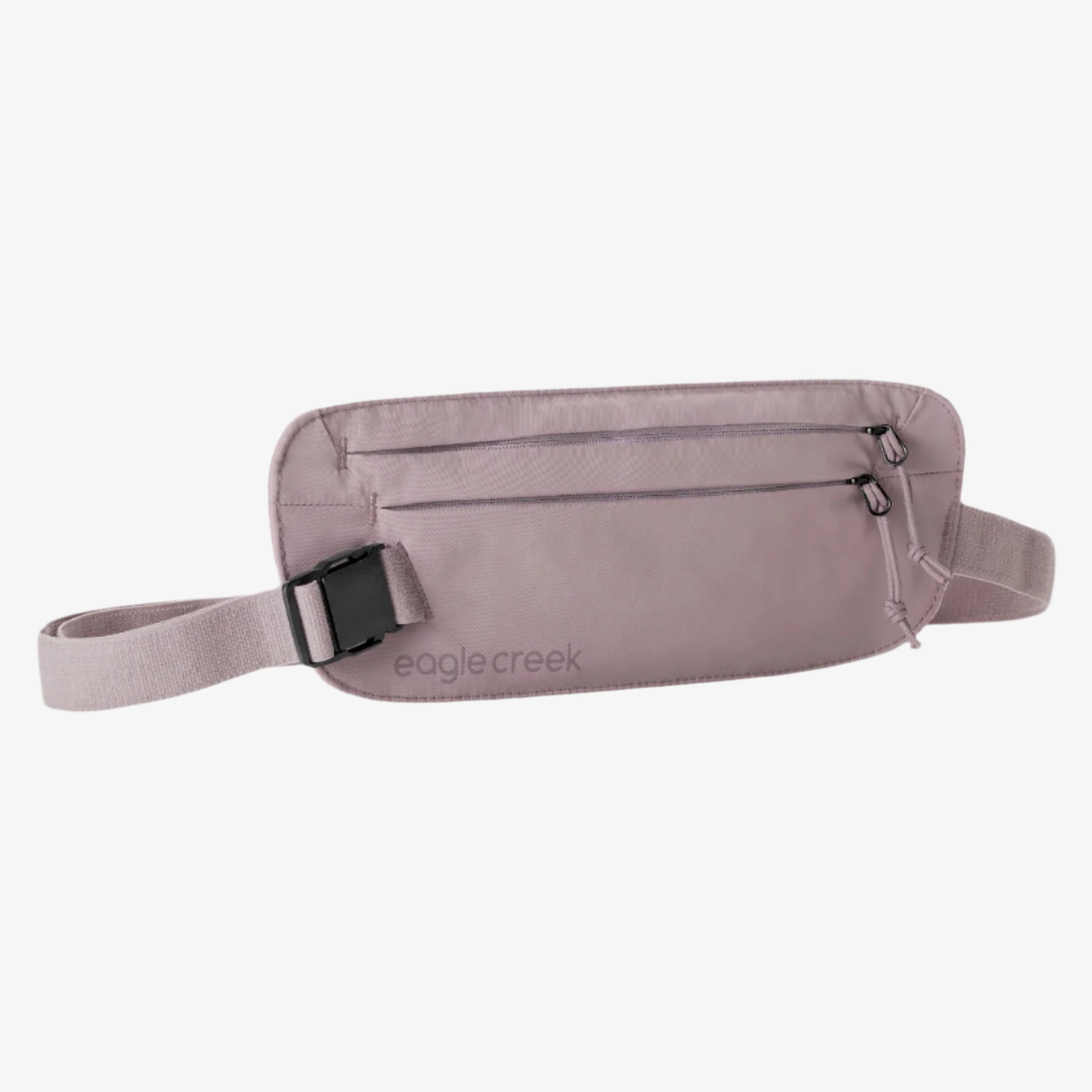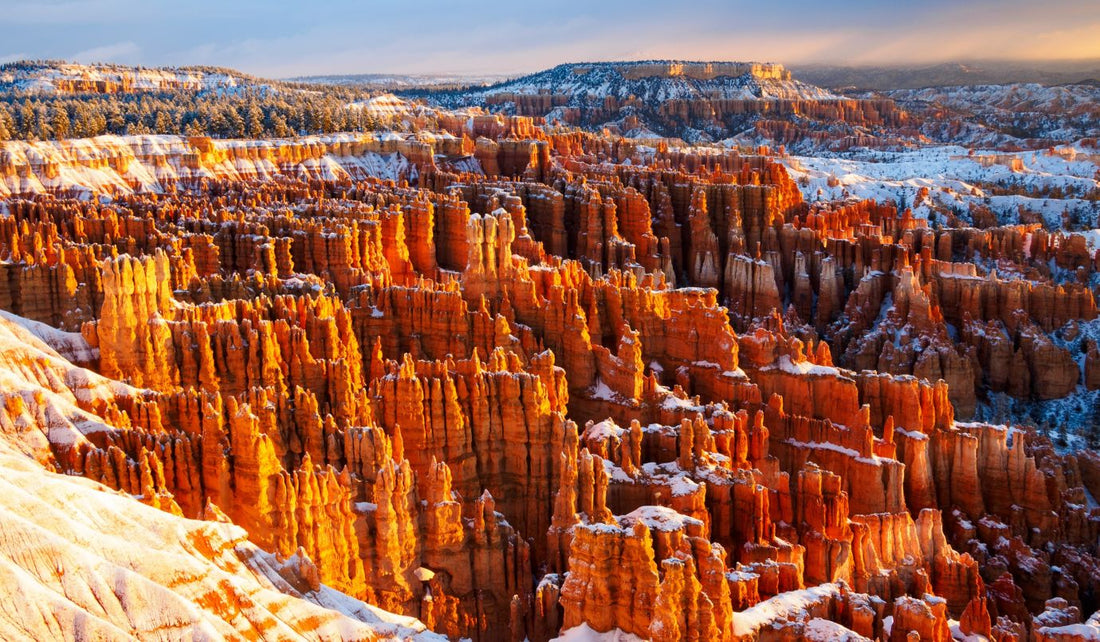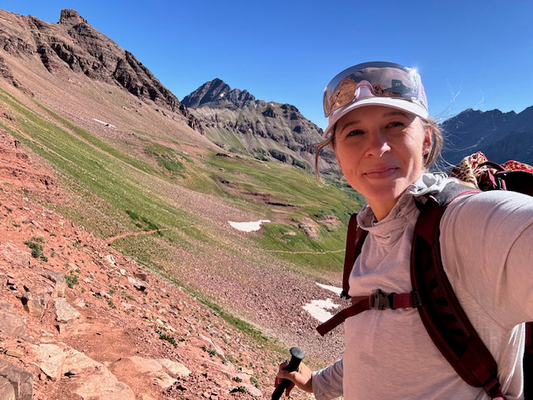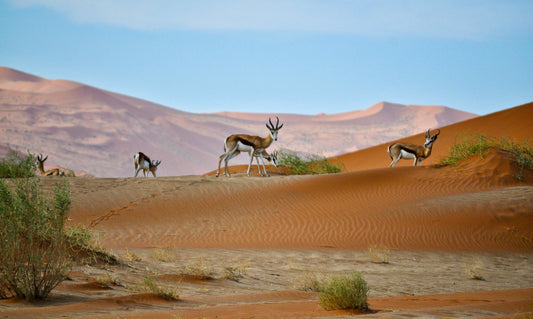
Plummeting temperatures and snow-laden landscapes await those who visit America’s best national parks this winter.
Considering a rural escape but looking for a new take on nature? These five national parks look completely different in winter and are well worth wrapping up for as you seek adventures within reach.
Grand Teton National Park (Wyoming)
As a blanket of snow settles over the Teton Range it brings with it a stillness that strikes a sharp contrast to the seemingly endless summer that came before it. The temporary monotone camouflage also allows for greater opportunities to see signs of the park’s wildlife and a more immersive adventure within the surrounding landscape, as many of the park’s main roads are closed to traffic. Cross country and backcountry skiing, as well as snowshoeing,are the most popular activities here. Check into one of the park’s two lodging options, both steeped in Western tradition, to make the most of your winter visit.
Tip: Pack high energy snacks like dried fruit or granola bars into a waist pack for easy access on the trail.
Bryce Canyon (Utah)
Sitting high on the Paunsaugunt Plateau, in Bryce Canyon the winters are always white. When snow drifts against the colorful hoodoo rock formations and layers on top of the evergreens that litter the ground, it completely transforms the landscape from that of an arid moonscape to a winter wonderland. Ranger-led snowshoe expeditions and cross-country skiing rentals allow visitors to explore off-piste, and the popular Bryce Winter Festival held annually in February offers a variety of winter events for the whole family to enjoy.
Tip: Here’s exactly how to plan an epic Utah national parks road trip.
Joshua Tree National Park (California)
Crisp cold mornings and endless blue skies await those who visit Joshua Tree in winter. Straddling the cactus-dotted Colorado and Mojave Deserts, the park encompasses 794,000 acres and boasts five palm oases which are seldom seen in North America. Winter activities include hiking, bouldering, and rock climbing, all of which offer the opportunity to take in the iconic landscapes of the park. Camping facilities are available within the park itself and alternative accommodation options can be found in the nearby town of Joshua Tree.
Tip: A lightweight duffel is ideal for camping as you can easily stow it in your tent.
Acadia National Park (Maine)
The East Coasts’ only national park, Acadia borders the Atlantic Ocean and is influenced by its tempestuous waters year-round. Defined by its glacier-scoured granite peaks, dense woodlands, and rocky beaches, the park offers snowshoeing and serenity in equal measure. Winter visitors make up just 5% of the park’s annual footfall so prepare to feel like you’ve got the place to yourself if you venture here when temperatures dip.
Tip: Here’s how to pack for a snowy vacation.
Yellowstone National Park (Wyoming)
Yellowstone’s frigid winter temperatures deter many from visiting out of season, however in my opinion they’re missing out. It’s at this time of year that you can see snow-clad bison sporting their winter coats and easily track elk and wolves as they migrate through the snow. You’ll also find it much easier to secure accommodation at one of the park’s two lodges, from which you have the opportunity to watch the sun rise and set over the glistening snow-capped peaks.
Tip: Travel light and pack your photography kit in a butterfly opening backpack for easy access when you’re out in the wilderness.
In the depths of winter, the once-crowded trails of these five national parks transform into tranquil natural havens ideal for those looking to disconnect.
